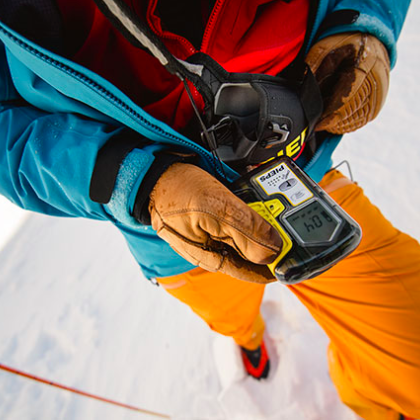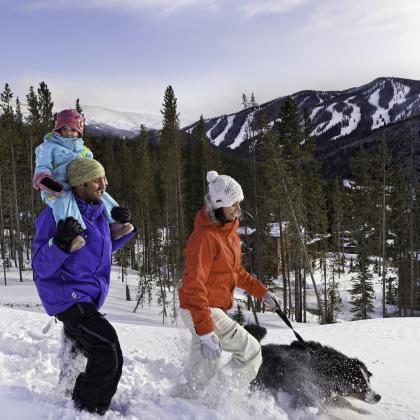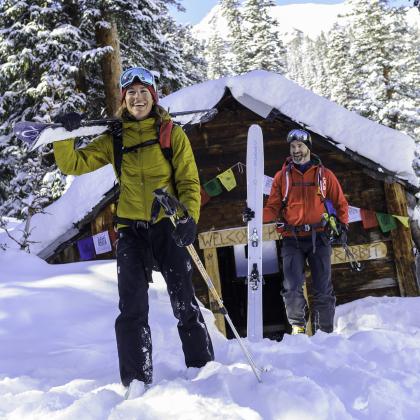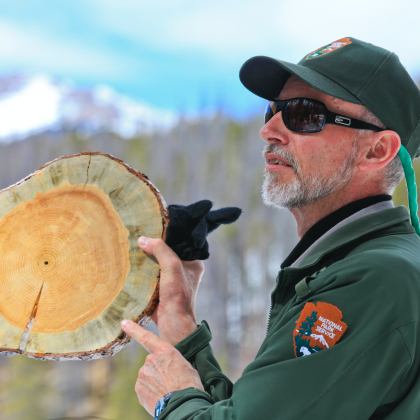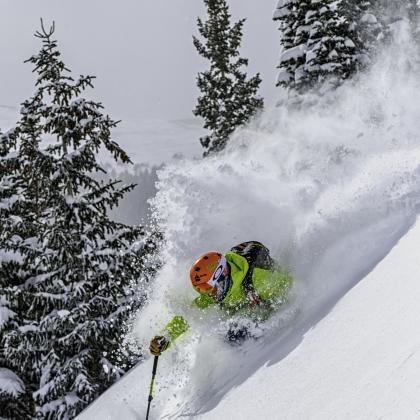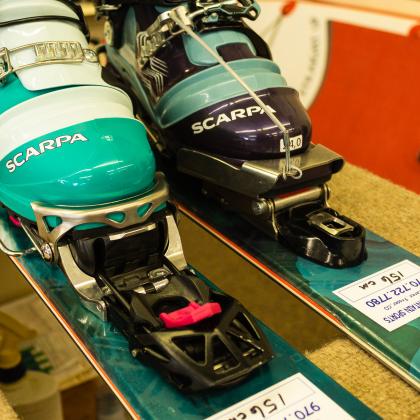Humanness In The Backcountry
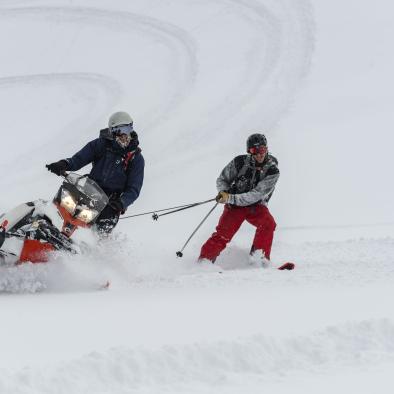
Humanness In The Backcountry: A Backcountry Story
It was the perfect day to be in the mountains.
As a passionate backcountry enthusiast, Bill Ross was happy to be leading an Avy Level 1 course on Berthoud Pass. He enjoyed sharing his knowledge of backcountry travel with those new to the sport. He planned to teach his students about the risks of backcountry travel, how to analyze weather, terrain, and snowpack, and how to make go/no go decisions based on what they were seeing. But most importantly, Bill would teach his students that, despite the risks, backcountry recreation was a very enjoyable activity when done responsibly.
It was early afternoon the second day of class and the sun was beating down on the surrounding slopes. Everyone had gathered outside for their next on-snow lesson. As Bill began his afternoon instruction, he noticed something moving out of the corner of his eye.
It was three snowboarders and a dog. Climbing.
The three backcountry travelers had no backpacks or touring gear. They were boot-packing their way up the mountain with their snowboards in hand.
There was no way that this was going to end well.
Bill could see where the snowboarders were headed. The top of the ridgeline, of course. A ridgeline that had been baking in the sun all day and was topped with a wind-blown cornice.
Bill tried to continue on with his class but couldn’t. He called a time-out.
He looked each student directly in the eye when he gave them their task: “Beacon. Beacon. Probe. Probe. Shovel. Shovel. And you, you need to go and find cell service. Call 911 and have Grand County Search and Rescue on standby.”
The students in the class were a bit dumbfounded. They had signed up to learn about avalanche awareness, but they never thought they would actually experience a real live avalanche and possibly perform a real life rescue.
Bill and his students watched as the snowboarders crested the ridgeline and sit down to strap on their snowboards.
And then they hopped up.
And it happened.
The cornice broke loose and the snowboarders were caught in an avalanche. Bill and the students watched helplessly as the three snowboarders were carried down the mountain on and in between slabs of snow. Would they all be buried? And if so, how deep? What if they couldn’t find them? Unanswerable questions raced through their minds.
Finally the avalanche settled and Bill and his team of students were able to assess the situation. One snowboarder was partially buried and the other two were very shaken up. The dog had miraculously made it out unharmed.
As Bill was helping one of the snowboarders down the mountain, the snowboarder confessed, “I didn’t want to go up there today! But they talked me into it!”
When Bill resumed teaching later that day, he took the class through all of the warning signs that the snowboarders could have used to make a better decision about their backcountry outing that day. Out of 15 factors, 12 of them should have deterred them from ever heading out in the first place.
Exploring the backcountry is a great way to get out and be in nature away from crowds and lift lines. It can offer some of the most serene moments of the winter, but all travelers must be aware of the risk and how to explore the backcountry safely.
With the example above, there were many signs that should have prompted the group to turn around. However, there was one factor that seemed to overrule all of the others: peer-pressure.
When traveling in the backcountry, our humanness can get the best of us. We don’t want to be the one to say, “I’m not comfortable with this.” If you don’t feel comfortable going out even though the forecast said the risk was “moderate,” speak up. Maybe you have skied a route 100 times and it has never slid, but based on your analysis that day, you think you should turnaround, say something. There is no place for attitude or ego in the backcountry. Let your voice be heard.
If you haven’t taken an avalanche awareness course, we highly recommend checking out one of the events hosted by Friends of Berthoud Pass. If you are interested in spending more time in the backcountry, consider attending an AIARE 1 Course: Decision Making In Avalanche Terrain. As always, make sure you carry a beacon, probe, and shovel and practice using them on a regular basis.
